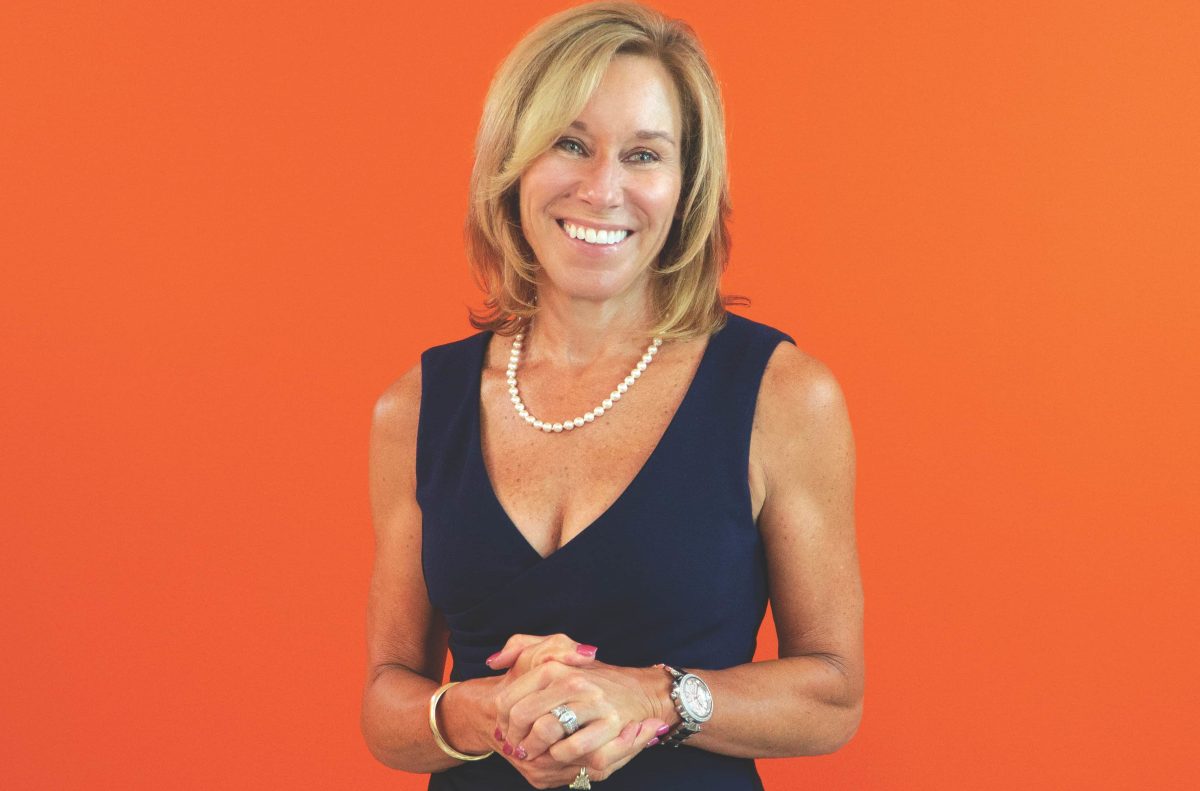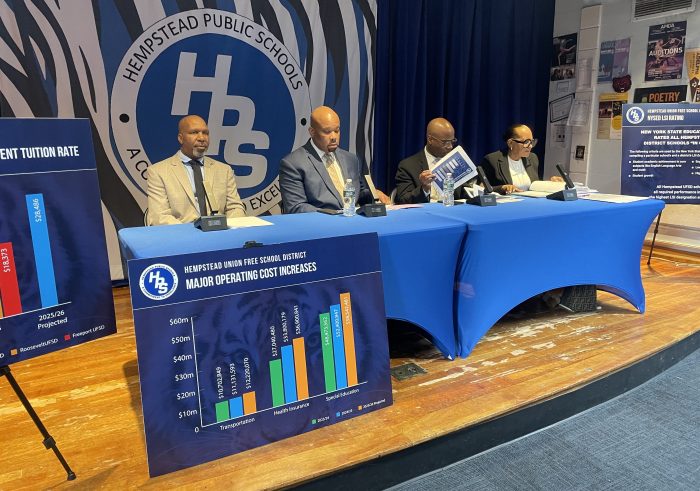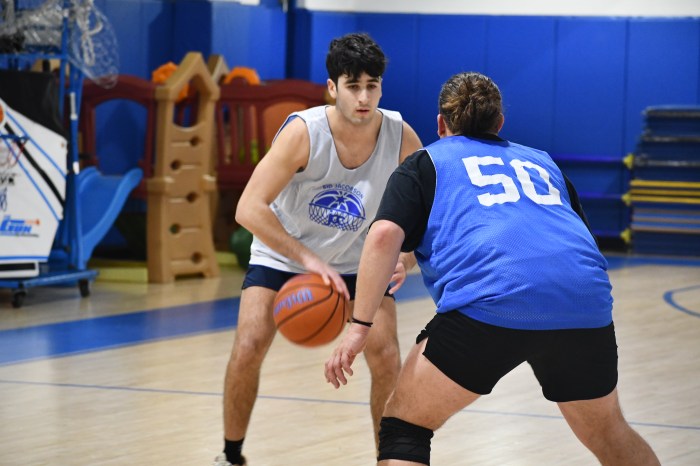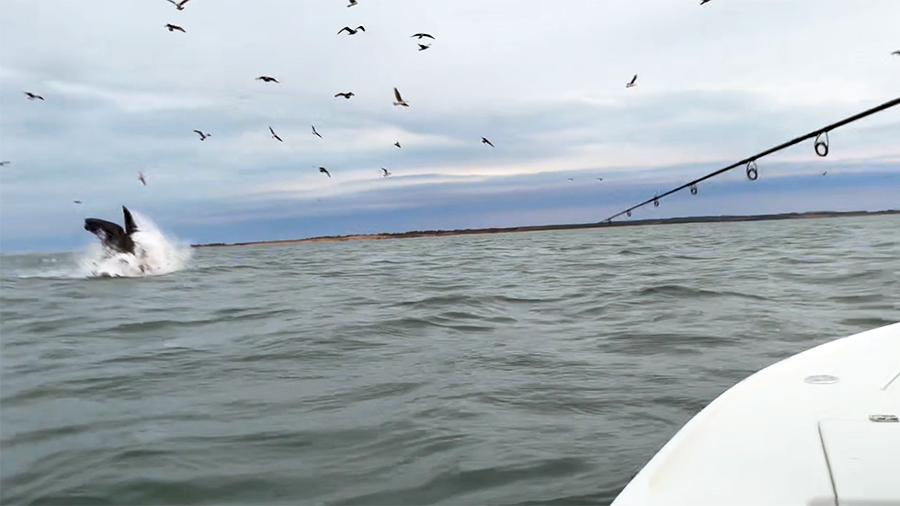As president of Austin Williams, an advertising agency in Hauppauge with nearly 50 employees, Eva LaMere has been leading her company and helping others through a huge economic disruption. She talked with the Press about marketing and branding during a pandemic, and how it’s possible to find opportunity in adversity.
How are brands adapting in this environment? The brands that are successful in adapting in this environment are acknowledging that they have a responsibility to help their constituents. Whether it’s reassuring, allaying fears, demonstrating that they are going beyond what they would typically be doing, they’re expressing the heart of their brand, being true to themselves in an authentic manner.
Can you give some examples? BNB, a bank headquartered on Long Island, is a client of ours. They’re very much a community business bank. When the PPP [Paycheck Protection Program] funding came out, there was a lot of turmoil. BNB was right there. They’re also our bank and they helped us get funding. We worked with them to put a TV spot together that was all about, “We understand what’s happening to business. Nobody knew this was coming. But we’re here for you.” This was not about, “Come to us, open a checking account.” It was, “We’re the bank for small business and we’re here to help you.”
How do you even make a commercial today? That was a challenge. We produced five TV spots in the past two months for our clients, about pivoting the message. We did it using existing footage from previously shooting commercials. We created opportunities. They were more somber. We used existing stock footage. We did voiceovers remotely. In the case of BNB, we used Kevin O’Connor, BNB’s CEO, as the voiceover. We felt it was important that the message come directly from him. He recorded it on his iPhone, sent it in, and we enhanced it.
How are marketing agencies adapting and helping clients? I think the most important characteristic for a marketing agency is to be a leader for their client. Consumer sentiment is changing by the hour. They want to hear from brands. They want authentic messaging. We have to be able to pivot and lead them in the direction it needs to be. We’ve been able to be nimble in producing materials.
What are some messages clients want to get out? Orlin & Cohen Orthopedic Group wanted to communicate that they were still open for urgent situations. Orthopedic pain doesn’t stop in a crisis. There were people in pain who wanted to figure out where to go. We created materials to get that message out, whether it be digital or print. It’s all about working quickly and being able to pivot. Gone are the days of, “Let’s have this creative brainstorm and figure this out.” It’s about being proactive.
Are clients cutting back? We have not seen that. We’ve seen, perhaps, a shift. As listenership for traditional radio declined, listenership for streaming audio like Pandora and Spotify has increased. Outdoor advertising isn’t as high right now. So we might shift dollars from outdoor advertising to more TV. We didn’t experience clients cutting back, but they looked to us to help them shift their dollars based on changing media behavior of consumers.
Why advertise amid all this disruption? Every study of advertising during a recession demonstrates that market share increased for companies that do. There’s less noise out there and better rates. Even though some businesses have shut down, consumers haven’t shut down. We may be shopping online, not in a store. Brands we have a connection to will survive and thrive.
How are you and Austin Williams modifying how you operate? We were never big fans of work-from-home policy in an agency environment. We believe agencies are successful when they can collaborate and brainstorm. We have seen we can be efficient and creative and work in a very productive manner in a remote situation. We use Zoom for bigger meetings, we use Google hangouts for smaller meetings.
Of all that has changed, what’s an example of something you see continuing? I think companies across the board are recognizing the importance of technology in their business for communication. We didn’t use Zoom before this. We didn’t have many videoconferences. That’s going to be more prevalent in our business, investing in the technology that allows us to be efficient and allows us to communicate.

































